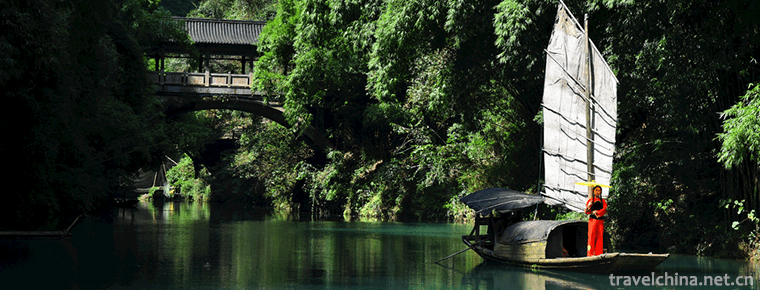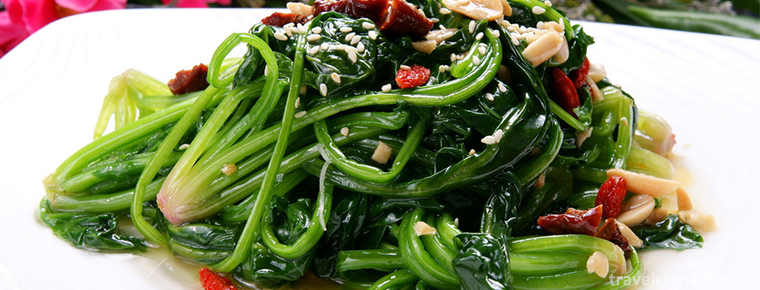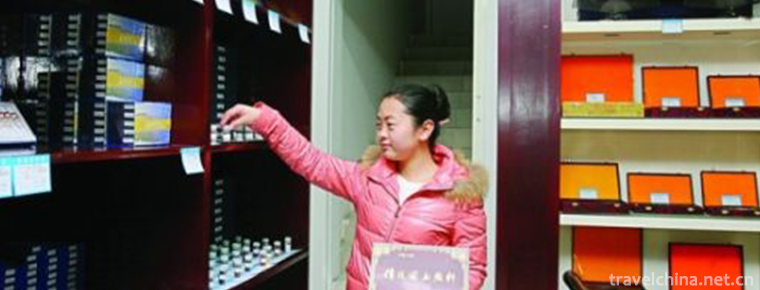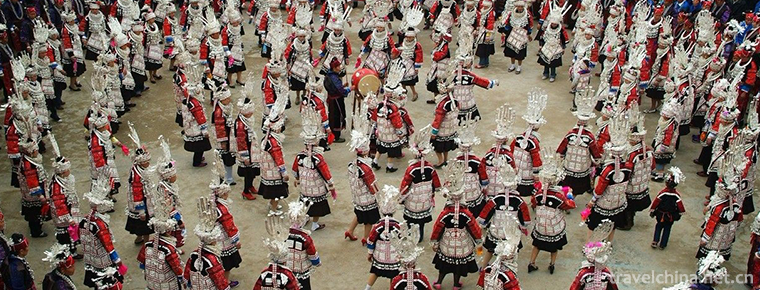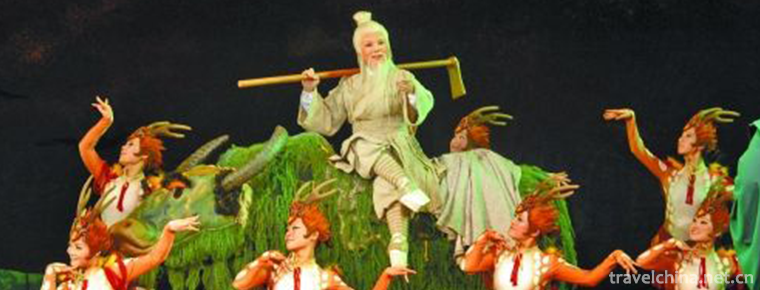Fobao ancient town
Fobao ancient town
Fubao ancient town is an ancient town with a long history in Hejiang County, Sichuan Province, 42 km away from Hejiang County, Sichuan Province. It is a historical town, a famous cultural town, a tourism town, and an important business town in the junction of Sichuan, Guizhou and Chongqing. It was built in the late yuan and early Ming Dynasty, more than 600 years ago, it is named Fobao, and it is the gateway of national Fobao forest park.
Introduction to the ancient town
The ancient town was built at the end of the Yuan Dynasty and the beginning of the Ming Dynasty. By the end of the Ming Dynasty and the beginning of the Qing Dynasty, it has become a political, economic and cultural exchange center of the dacaohe River Basin. Huilong street in Fubao ancient town is the best preserved ancient street in the town. Along the Huilong bridge, on both sides of the street paved with big bluestones, there are one house by one house, forming Jiulong lane, Liujia lane, Baoqing lane, chaishi lane and Jishi lane. The street, 450 meters long and 1.5-8.0 meters wide, was the most bustling and prosperous area at that time, which was covered by ancient buildings such as Huilong bridge, three palaces and eight temples, and Xizi Pavilion. Most of the existing ancient buildings were restored during the period from Qianlong to Guangxu of the Qing Dynasty. There are 25 representative buildings such as "three palaces and eight temples". Fubao ancient town is surrounded by mountains and rivers, with three streams and five bridges. The smooth and narrow ancient streets and alleys, like the ethereal tunnel of time and space, lie across the bright moon hill and the White River. They are circuitous, crisscross and ups and downs, which make people think about it for thousands of years, and sprout a deep-rooted love. The ancient dwellings, which are shaped according to the situation, are full of the magnificence of the mountain villa and the beauty of the watery land. They are like a magnificent folk painting scroll, which makes people travel in all directions and return to the simple reverie. Diao Liang Huadong, witness the eventful years; cornice warping angle, bathing in the vicissitudes of the wind and rain. The unique style of the beautiful landscape blending with the landscape in the old town of Buddha demonstrates the highest realm of harmony between man and nature. Profound historical and cultural details and rich and colorful folk customs are of valuable architectural aesthetic value and rare tourism appreciation value. They are praised by Chinese and foreign experts as "China's fine building in Mountain Architecture", "solidified space Symphony" and "the most beautiful ancient town in Sichuan".
Ancient town scenic spots
Huilong ancient street in Fobao ancient town (Sichuan dialect drama - shooting point of fool commander): including Huilong street, main street, bazaar and other ancient buildings, complete scenic spots are reserved. Huilong bridge in Fobao ancient town was built in the 20th year of Daoguang, with a total length of 25 meters, a bridge deck width of 4 meters and an arch height of 6 meters. A dragon is engraved in the center of the bridge. The bridge is hung with a sword, and it crosses the White River (Huilong River). The bridge street is paved with large bluestones. The balustrade is carved into a Xieshan roof style. It is the only stone arch bridge in the DACAO river of Fubao at that time.
Fubao ancient town has three palaces and eight temples, namely Qingyuan palace, Wanshou Palace, Tianhou palace, Wuzu temple, Tudi temple, Zhangye temple, Yuwang temple, Huo temple, dengpeng, Wangye temple and Guanyin temple. Their layout is reasonable, and the pattern is basically in good condition. Most of them have theatres, chamber buildings, patios, plank walls, frames, falcons, carved beams and painted buildings. Except for Wangye temple, dengpeng temple and Guanyin temple, the rest of the temples account for 2 / 5 of Huilong street.
Xizi Pavilion in Fobao ancient town is located under a rhubarb horned tree. Although it is not grand and spectacular, it also shows its simplicity in the shade. The Xizi pavilion was built in the 55th year of Qianlong reign. It has six floors and eight squares. It imitates the eight trigrams and is 8 meters high. Each floor is engraved with deep relief patterns. It is different from each other. It is the place where the "Tianhou Palace" burns money into paper, so it is also called "Ziku", commonly known as "Huaqian stove".
Other relevant
The old town of Fobao has a variety of buildings, and rows of wooden buildings with hanging feet are arranged at random and fluctuate with the mountains. The street is seven or eight meters wide and only about one and a half meters narrow. All of them are paved with bluestone slabs. The stone steps rise and fall, winding to the front. From time to time, we can see people holding umbrellas up and down the stone stairs, showing a poetic picture of a small town in the rain.
Due to its remote location, Fobao ancient town is a little lonely, but the overall preservation is relatively good, and the style is still the same. The most fascinating thing is that such a large ancient town looks so simple and quiet, without any noisy atmosphere. In the small town, no matter who you step into, which door, you can visit at will. Simple mountain people will also be easy to cooperate with photography, happy to meet the distant visitors' desire to seek novelty and explore.
Fobao ancient town has a long history of culture, and there are many kinds of folk arts, such as performing lantern opera, singing folk songs, playing with guns, playing lanterns and lion dance. In particular, the unique performance of Fubao suona gongs and drums has been praised as "a rare treasure of folk culture and art" by the famous aesthetician Wang Chaowen. As early as the end of Qing Dynasty, Fobao flavor snacks have been famous in southern Sichuan and Northern Guizhou. There are traditional crisp cakes, dried tofu, fried Ciba, and bamboo series "panda banquet" mainly composed of green food such as bamboo shoot tip, Magnolia, bamboo shoot, Dictyophora, etc. in addition, the flavor of lychee, forest game and plum wine will make visitors from afar enjoy themselves.

-
Boundary Island Scenic Area
Border Island Eco-cultural Resort, a national 5A class tourist attraction, covers an area of 0.45 square kilometers. Located at the exit of Niuling 15 of Haikou Sanya East Highway, Hainan Province.
Views: 139 Time 2018-12-12 -
Three Gorges Household Scenic Area
Three Gorges Household Scenic Area, National AAAAA Class Tourist Area, the First Batch of Civilized Scenic Area in Hubei Province, Top Ten Scenic Spots in Hubei Province.
Views: 141 Time 2018-12-12 -
Nanwan Lake Scenic Area
Nanwan Lake, also known as Nanhu Lake, is located in Xinyang City, Henan Province. It is known as the "Pearl of South Henan" and is a famous natural scenic spot of Nanwan Lake. All around th.
Views: 182 Time 2019-02-07 -
Spinach with Eight Delicacies
Babao spinach is a traditional Shandong dish, which belongs to Shandong cuisine. It is rich in color, bright, delicious, light and refreshing. In addition to spinach, Babao spinach is also equipped wi.
Views: 186 Time 2019-03-25 -
Production Techniques of Chinese Painting Pigments
Jiang Sixutang's skill in making Chinese painting pigments is one of the intangible cultural heritages. The manufactured products of Jiang Sixutang Chinese Painting .
Views: 140 Time 2019-05-02 -
Gourd sculpture
There are two techniques for carving gourds. One is to use three kinds of special steel needles, large, medium and small, to carve the landscape, flowers and characters in the gourd.
Views: 385 Time 2019-05-03 -
Circus
Circus is one of the acrobatics. Originally, it refers to the performance performed by people on horses. Now it is a general term for the performance of various wild animals and domesticated birds. It.
Views: 130 Time 2019-05-16 -
Miao Sister Festival
Miao Sister Festival, also known as "Sister Rice Festival", is a traditional festival of Miao people in Laotun and Shidong areas of Taijiang County, Guizhou Province. It is held from March 1.
Views: 117 Time 2019-06-05 -
Nuuziz Festival
The word "Nuruzi" comes from the ancient Iranian language and means "spring rainy day". On March 21 of each year, like the Spring Equinox, it means the arrival of spring. Uygur, Ta.
Views: 285 Time 2019-06-08 -
Extra tune
In addition to the form of opera, Yue Diao has two branches, namely, opera and puppet. In 1942, there was a severe drought in Henan Province. During this period, many cross-tone artists (such as Zhang.
Views: 262 Time 2019-07-16 -
Jianmen Shu Road
Jianmen Shudao is one of the first batch of national scenic spots, with jianmengguan as the core, starting from Ningqiang, Shaanxi in the north and Chengdu in the south, with a total length of 450 km. The culture of the three kingdoms along Jianmen Shu Road is profound. Pang Tong, Jiang Wan, Jiang Wei, Deng AI,.
Views: 199 Time 2020-11-08 -
History of Dazhou
Dazhou area belonged to Liangzhou in Xia Dynasty and Yongzhou in Yin Dynasty. The earliest indigenous people were the Cong people, who established the state of Cong (now tuxi Town, Quxian county). In the early Warring States period, Ba people migrated fro.
Views: 203 Time 2020-12-20

